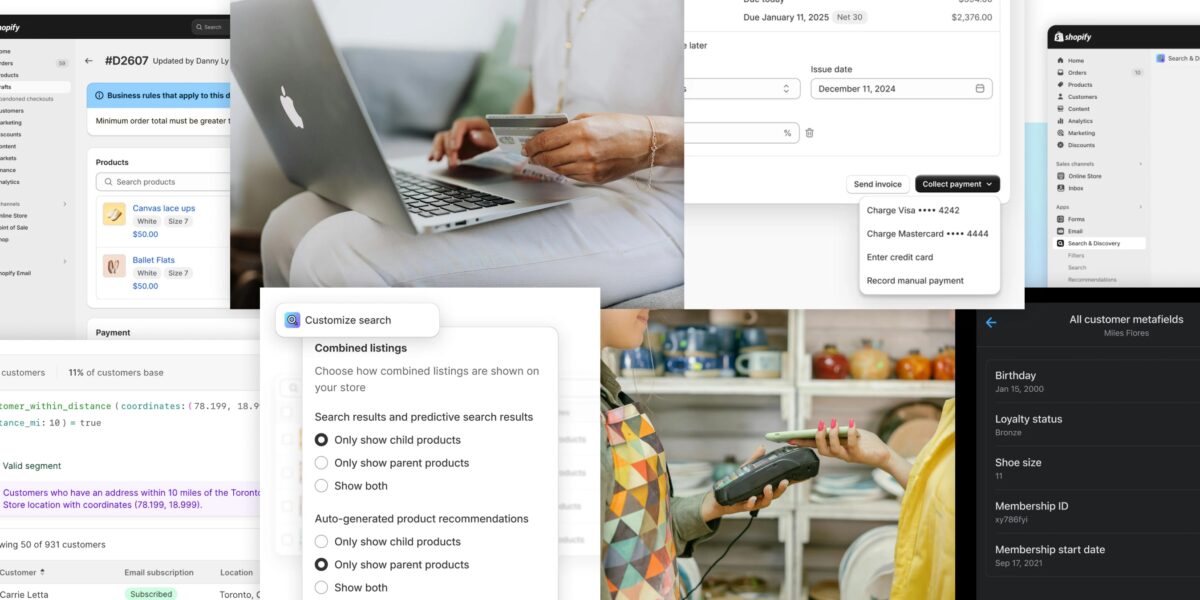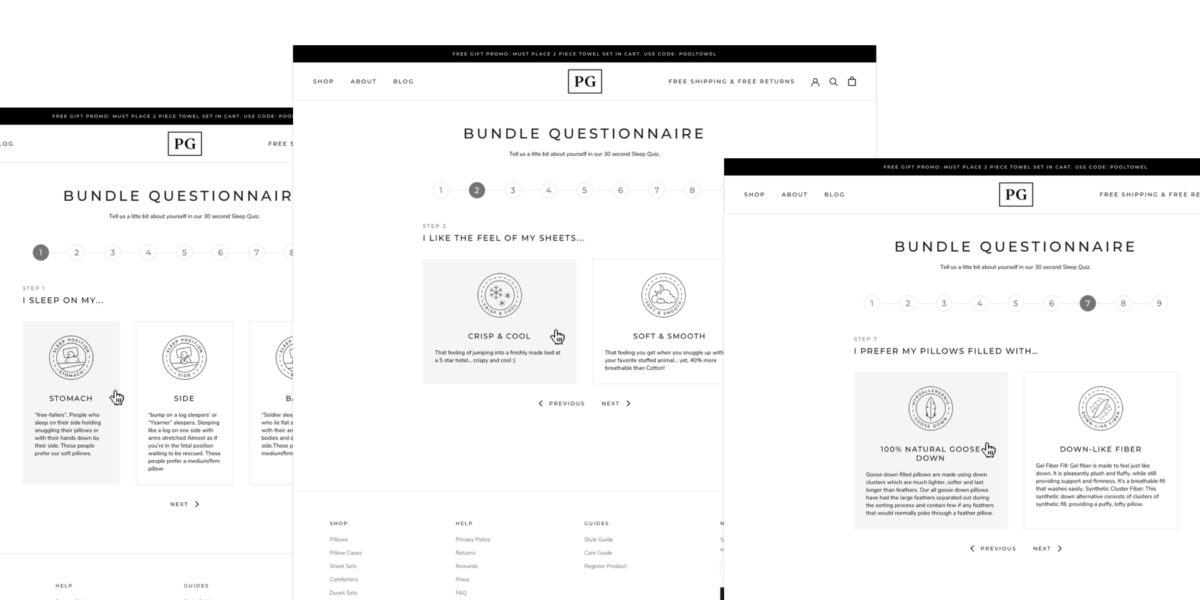In the ever-evolving digital landscape, your website is often the first point of contact between your business and potential customers. It serves as a digital storefront, a brand ambassador, and a source of information. Therefore, it’s essential to keep it fresh, functional, and relevant. In this blog post, we’ll explore the importance of rebuilding your website, examining external, internal, and philosophical factors that drive this need for change.
External Conflicts: Adapting to an Evolving Digital Ecosystem
1. Keeping Up with Technological Advancements:
The digital world is in a constant state of flux, with technology continually advancing. What was cutting-edge a few years ago may now be outdated and vulnerable to security risks. Rebuilding your website allows you to harness the latest web technologies, ensuring better performance, security, and user experience.
2. Meeting Changing User Expectations:
User expectations are not static. As web design and user experience standards evolve, your website should follow suit. Modern users demand mobile responsiveness, fast loading times, and intuitive navigation. A dated website can deter visitors and lead to missed opportunities.
3. Staying Competitive:
Your website is a critical tool for gaining a competitive edge. If your competitors invest in modern web design and functionality while you stick with an outdated site, you risk losing customers to them. Rebuilding allows you to remain competitive and capture a larger share of your market.
Internal Conflicts: Streamlining Operations and Enhancing Efficiency
1. Improving User Experience:
Internal conflicts often stem from the realization that your website is not serving your audience as effectively as it could. A website that is difficult to navigate, slow to load, or cluttered with outdated content can frustrate users and hurt your brand’s reputation. Rebuilding provides an opportunity to create a more user-friendly experience.
2. Enhancing SEO Performance:
Search engines like Google continually update their algorithms. A website that adheres to the latest SEO best practices is more likely to rank well in search results. By rebuilding your site, you can optimize it for search engines, increasing its visibility and attracting more organic traffic.
3. Simplifying Content Management:
Managing an outdated website can be a logistical nightmare. Content may be scattered across various platforms, and making updates might require coding expertise. Rebuilding with a content management system (CMS) simplifies content updates, making it easier to keep your site fresh and relevant.
Philosophical Conflicts: Aligning Your Digital Identity with Your Brand
1. Evolving Brand Identity:
Over time, businesses grow and evolve. Your brand identity may change to reflect new values, products, or missions. Your website should evolve with your brand, aligning its aesthetics and messaging to ensure a consistent and compelling online presence.
2. Embracing Innovation:
Philosophical conflicts often center around resistance to change. Some may hesitate to rebuild their website due to fear of the unknown or attachment to the old. However, embracing innovation and adapting to new digital trends can lead to growth and improved customer engagement.
3. Demonstrating Commitment:
A well-maintained website sends a message to your audience that you’re committed to providing value and maintaining a professional online presence. Neglecting your website can create doubt about your dedication to excellence.
In conclusion, rebuilding your website is not just a matter of aesthetics or technical updates; it’s a strategic move to align with the ever-changing digital landscape, meet user expectations, and remain competitive. It’s an opportunity to resolve external, internal, and philosophical conflicts, ensuring your online presence reflects the best of your brand and serves the evolving needs of your audience. So, don’t shy away from the prospect of rebuilding your website; embrace it as a path toward growth, relevance, and success in the digital realm.
















